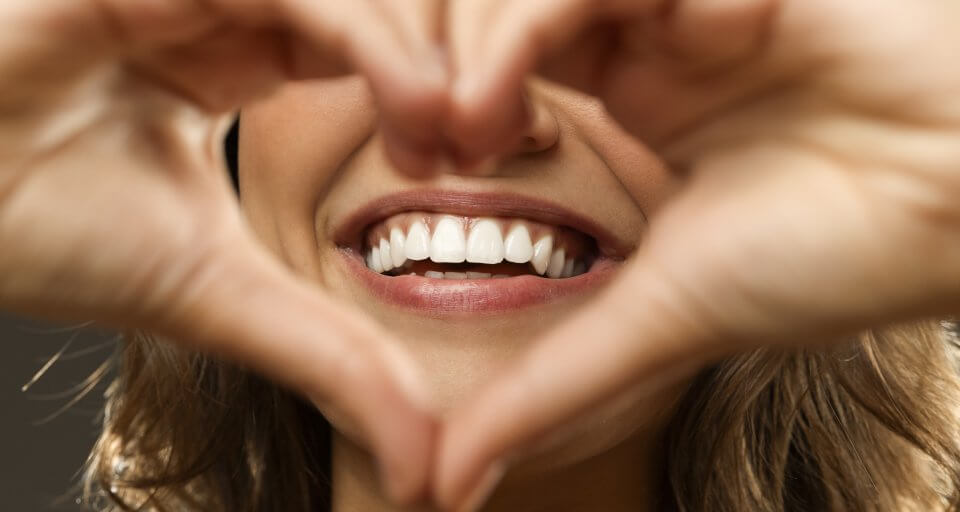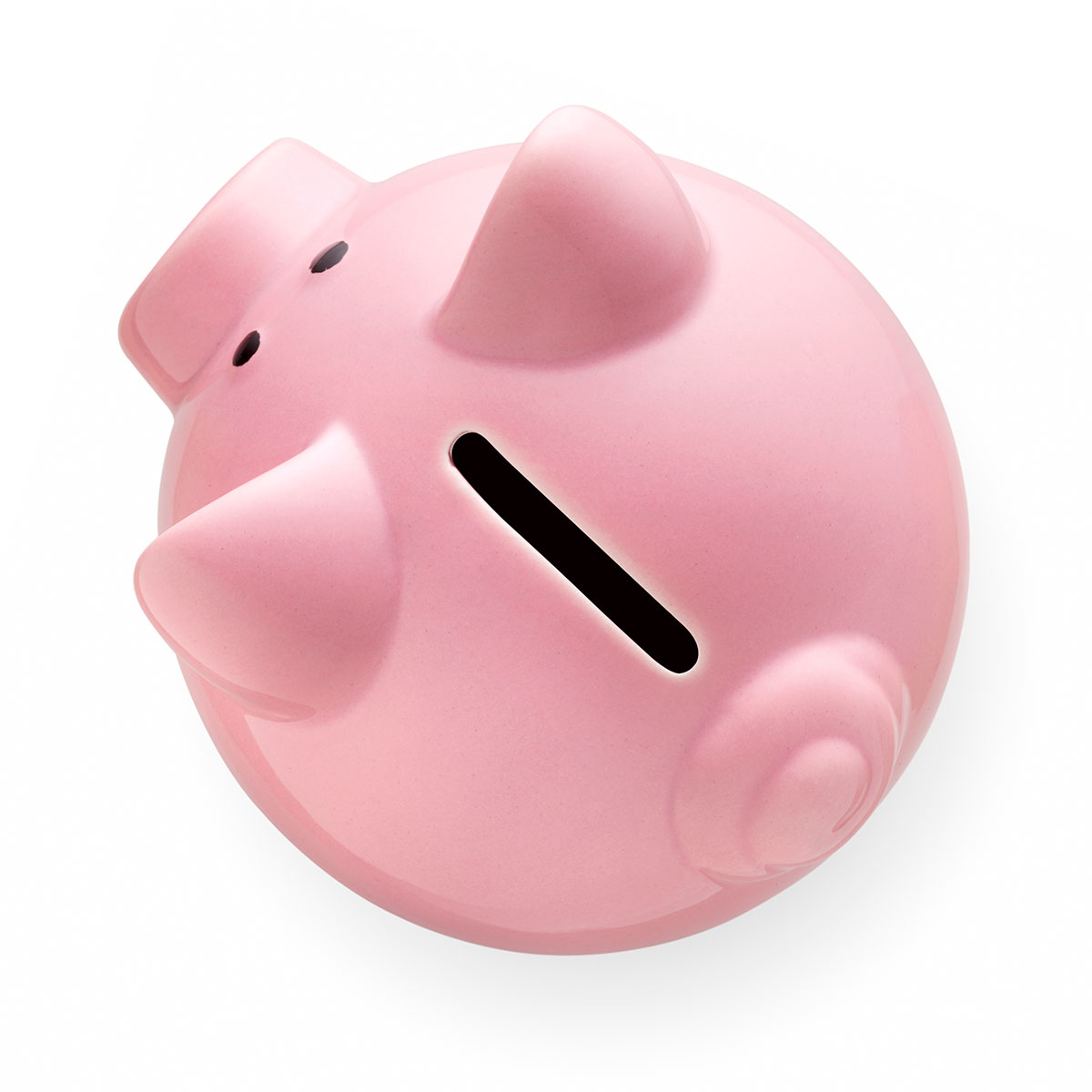Your smile is often times the first thing someone notices about you. But keeping your pearly whites, well, white, can be a challenge. Brushing and flossing help, but they’re no match for tobacco, stain-causing foods and beverages, certain medications and aging, which can all lead to unsightly yellowing of the teeth. Fortunately, there are several ways to get whiter teeth either at home or at your dentist’s office.
What is tooth whitening?
One way to dramatically change your appearance is by simply whitening or bleaching your teeth. But don’t reach for the Clorox—ever. At-home teeth whitening and in-office teeth whitening both use some form of hydrogen peroxide as the active whitening agent.
Ready for some Bill Nye science? If you’ve seen carbamide peroxide listed on teeth whitening treatments, this is just hydrogen peroxide with urea added. It’s a gentler, diluted version of hydrogen peroxide that’s about 1/3 as strong, making it safer for at-home use. However, it’s not the same as the brown bottle of hydrogen peroxide you can buy at your local drugstore. Brushing your teeth with diluted, over-the-counter hydrogen peroxide can irritate your gums and soft tissue, plus it’s not nearly as effective in whitening your teeth.
No matter what form of peroxide is used, it’s the oxygen that is released that scrubs away at the surface stains on your enamel. This process is known as oxidation.
Get whiter teeth
Before we get into how to get whiter teeth, it’s important to point out that not all stains are created equal. The two types of stains you can have are intrinsic and extrinsic. Intrinsic stains mean the discoloration is on the inside structure of the tooth, known as dentin. Things that cause the dentin to change color in children are too much fluoride or the use of the antibiotic tetracycline either by direct ingestion or from their mother during pregnancy. The dentin can also yellow with age, or from dental trauma, tooth decay or a root canal treatment. Currently, the best ways to whiten teeth that have intrinsic stains are with dental bonding or veneers, since intrinsic stains don’t respond well to bleaching treatments.
Extrinsic staining is superficial discoloration to your enamel, or the outer layer of your teeth. This can be caused by things like tobacco usage, drinking coffee, tea or red wine and eating foods like berries or tomato sauce. The good news is that you don’t have to live with a coffee-stained grin forever. There are several teeth whitening options on the market that effectively remove these types of stains.
At-home teeth whitening options
Over-the-counter whitening kits are the most affordable way to get whiter teeth at home. Two of the most popular are boil-and-bite bleaching trays, which you fill with gel, and whitening strips, which already have the gel applied and stick to your teeth like Scotch tape. Both of these use carbamide peroxide gel to whiten and come in varying strengths. The results, as well as the frequency and amount of time you’ll need to wear either the trays or the whitening strips largely depends on the strength of the gel.
The downside to both of these options is that they’re one-size-fits all. Ill-fitting bleaching trays or whitening strips can cause the gel to extend onto your gums causing irritation and sensitivity.
Another option, although more expensive, is to have your dentist fit you for a teeth whitening tray. They’ll take impressions of your upper and lower teeth and then create a custom bleaching tray from it.
Laser teeth whitening
The quickest way to brighten your smile is with professional teeth whitening at your dentist’s office. During a chair-side treatment, the dentist will apply a peroxide gel to your teeth and then activate it using a special laser or light to speed up the oxidation process, producing faster results. Treatments can anywhere from 15 to 90 minutes and 1 to 4 sessions, depending on your desired results, type of stains and severity of discoloration.
The downside to this is that many dental insurance plans do not cover teeth whitening. It’s considered a cosmetic procedure, not a medical necessity. By now you’re probably wondering, “Well how much is laser teeth whitening if I pay out of pocket?” You can expect to pay a hefty $1,000 for the treatment.
Cosmetic dental coverage
If you’ve made up your mind that you want whiter teeth, but don’t want to pay full price for it, you’re in luck. A dental savings plan offers discounts on cosmetic procedures. For a low annual membership fee you get access to a network of over 100,000 nationwide dentists who offer discounts on dental work between 10 to 60%. This includes discounts on veneers, which is a recommended treatment for those with intrinsic staining of their teeth.
Even if you have dental insurance, a dental savings plan is a great supplement. It can be used for procedures that your dental insurance won’t cover or as an alternative to dental insurance all together.
If you want a dazzling smile for a price that you can smile about, look into a dental savings plans.







